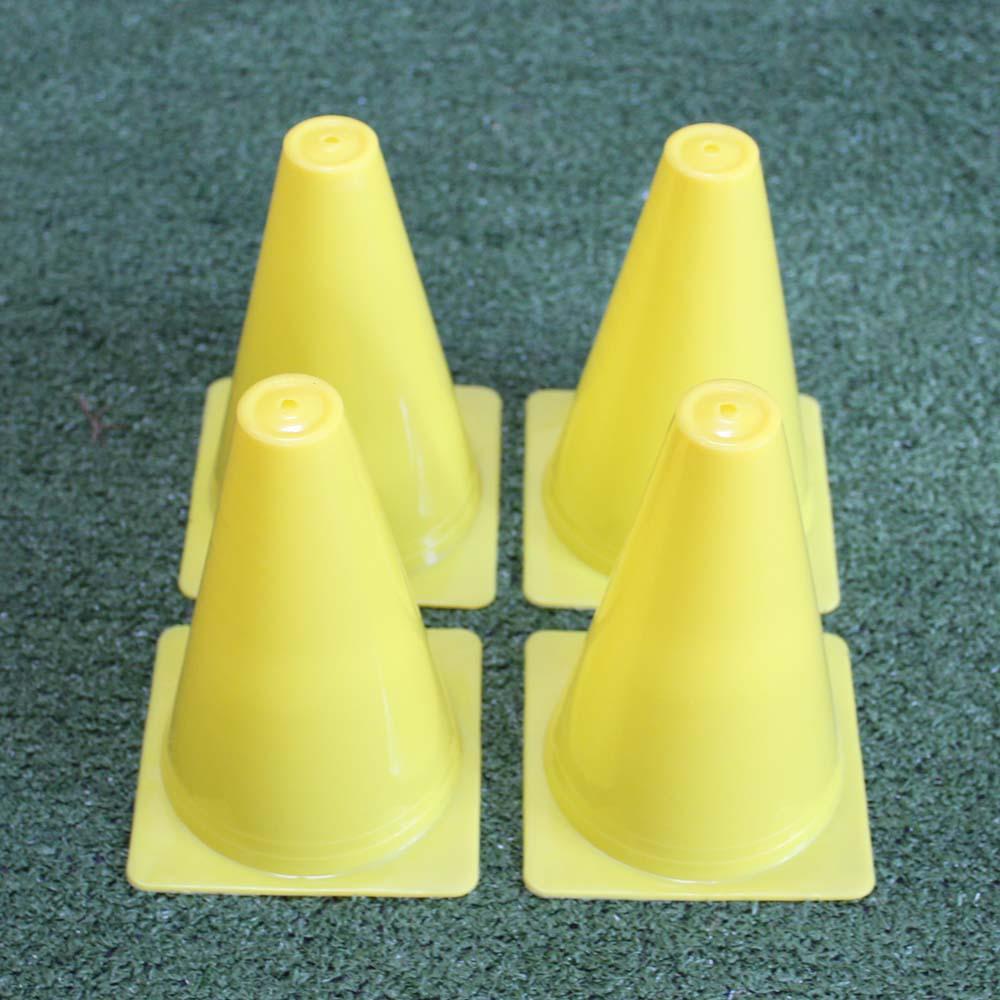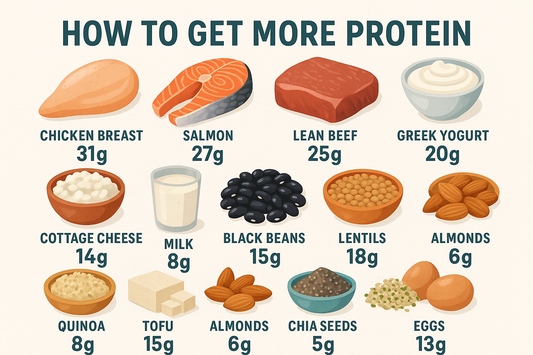

Bibliography
- Dawes, Jay. Developing agility and quickness. Champaign, IL: Human Kinetics, 2012.
- Reuter, Ben. Developing endurance. Champaign, IL: Human Kinetics, 2012.



Bibliography
The content of this blog post is for informational purposes only and does not constitute medical advice. Always consult with a qualified healthcare professional for any health concerns or before making any decisions related to your health or treatment. Information regarding supplements has not been evaluated by the Food and Drug Administration. These products are not intended to diagnose, treat, cure, or prevent any disease. Individual results may vary.

Introduction to Metabolism Boosting Metabolism boosting drinks can help individuals lose weight and burn fat by increasing their metabolic rate - Certain drinks, such as green tea and apple cider...
Introduction to Metabolism Boosting Metabolism boosting drinks can help individuals lose weight and burn fat by increasing their metabolic rate - Certain drinks, such as green tea and apple cider...

How to Get More Protein: 10 Simple, Sustainable Strategies to Upgrade Your Diet Protein isn’t just for bodybuilders or athletes—it’s a cornerstone nutrient for everyone. Your muscles, bones, skin, hormones,...
How to Get More Protein: 10 Simple, Sustainable Strategies to Upgrade Your Diet Protein isn’t just for bodybuilders or athletes—it’s a cornerstone nutrient for everyone. Your muscles, bones, skin, hormones,...

Supplements are everywhere, promising everything from radiant skin to sharper focus and even disease prevention. Yet, despite the hype, many people don’t see the results they’re hoping for. The truth...
Supplements are everywhere, promising everything from radiant skin to sharper focus and even disease prevention. Yet, despite the hype, many people don’t see the results they’re hoping for. The truth...
I’ve been taking these for a week, and I do feel a little bit brighter in myself. I struggle with the dark mornings at this time of the year, and I really think these have given me the extra boost that I need.
Arrived fast, and love the paper packaging instead of the traditional plastic bottles. Have only been taking for one week, can't wait to see the difference in my body.
Helped me calm my over active brain down and aided sleep. Thank you.
I've shopped around for vitamins and minerals and these are by far the best. Not only are they really well priced, they arrive so quickly so i never run out! Really helpful customer service too. Highly recommend!
First of all very fast shipping to Canada . Remarkable product , works quickly but use the recommended dosage. Very strong and 100 percent pure !!! Thank you !! Wow !!
I received the collagen capsules only yesterday (10th October) but I consider the delivery to be prompt because I live in Western Australia. I find the fitnesshealth service to be very reliable and the products good value for money. I also get ginger tablets from you, and I find that both products have positive effects on my health. Thank you very much. Lesley Fahey.
Excellent customer service!
Solved my issues beyond my expectations;))
This isn't my first purchase from this shop and it won't be my last 😊 quick shipping and excellent shipping/product packaging. Item size is smaller than expected however, it does it's job. It's extremely easy to swallow and has no after taste.
Thanks again FitnessHealthLtd ☺️
Be the first to know about new collections and exclusive offers.